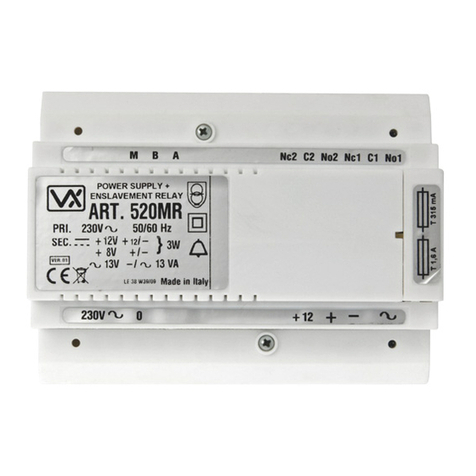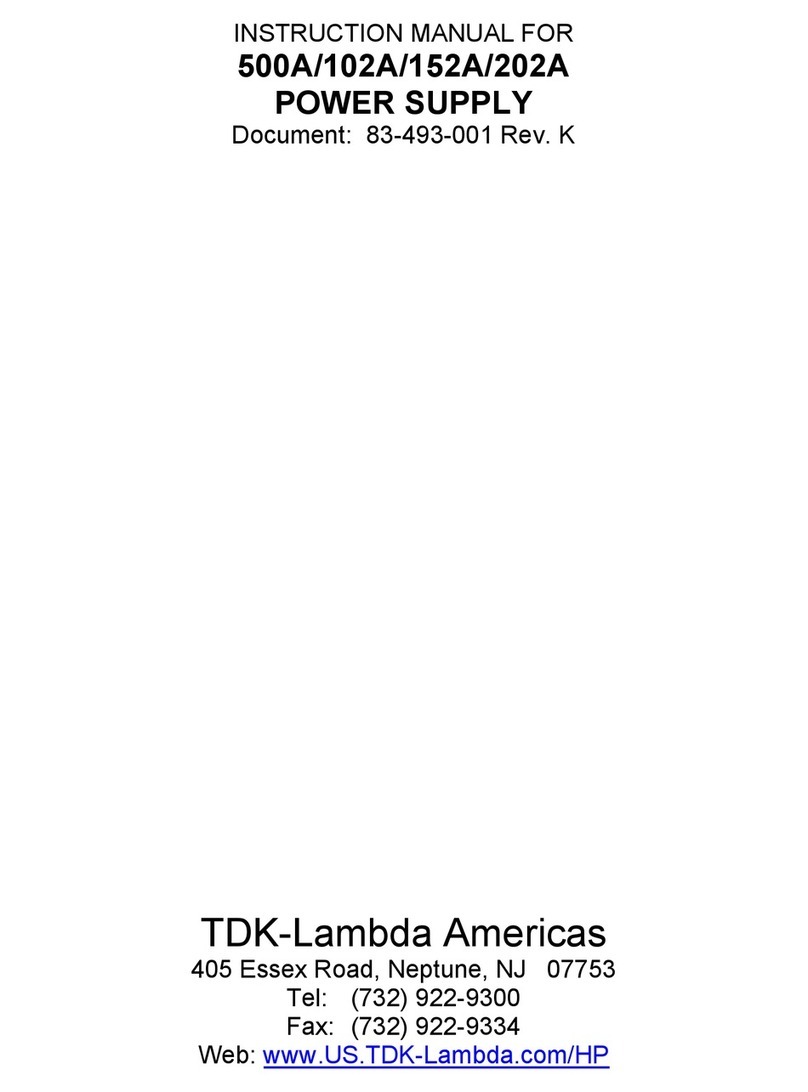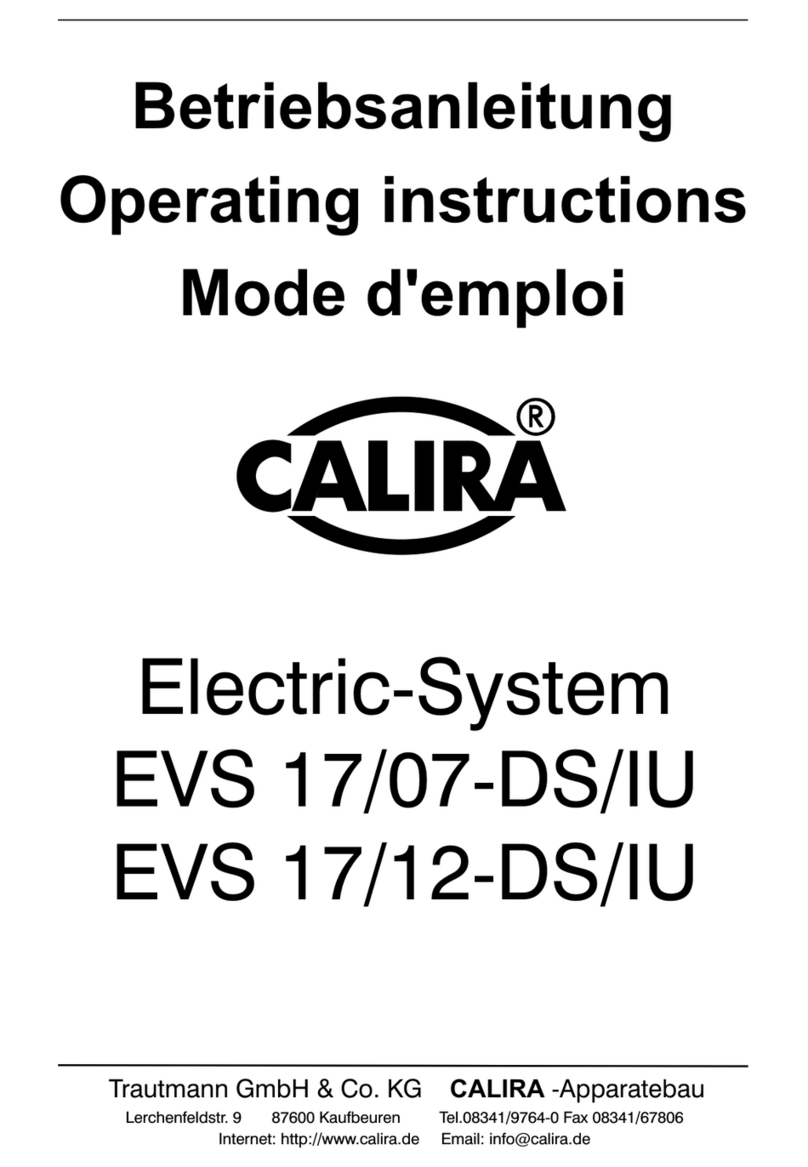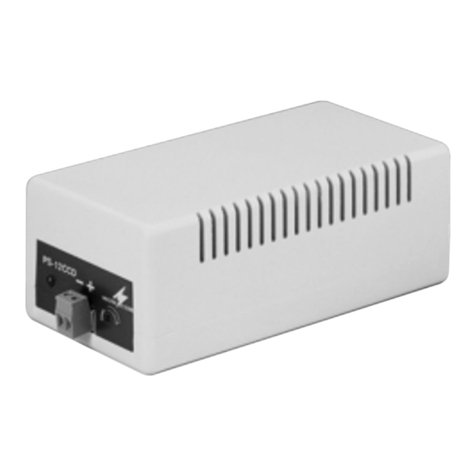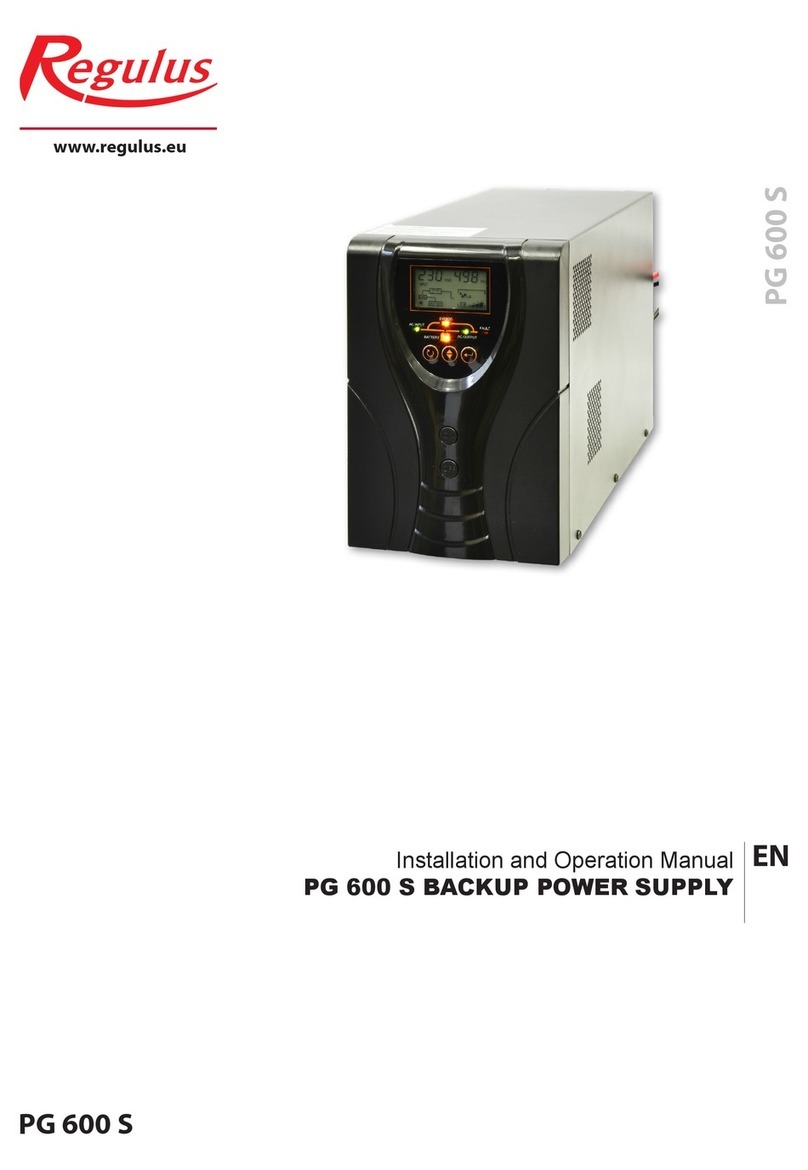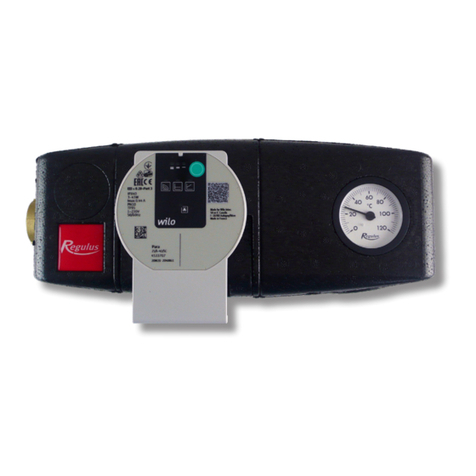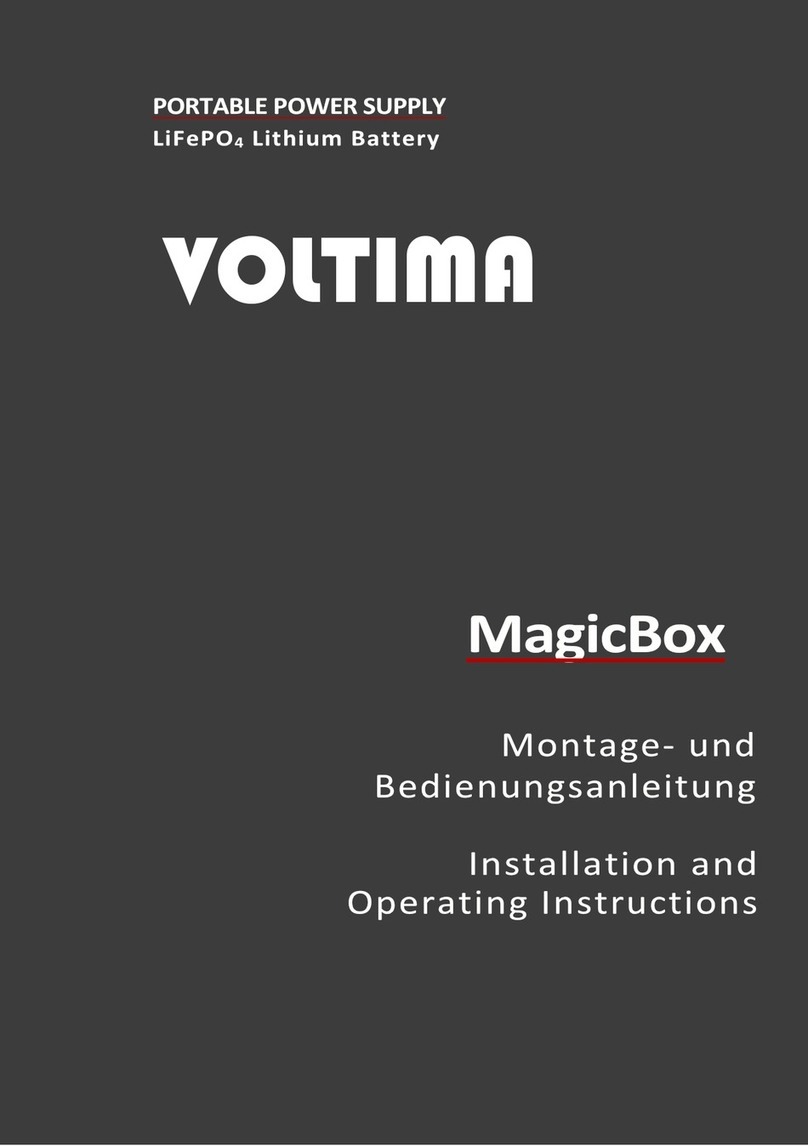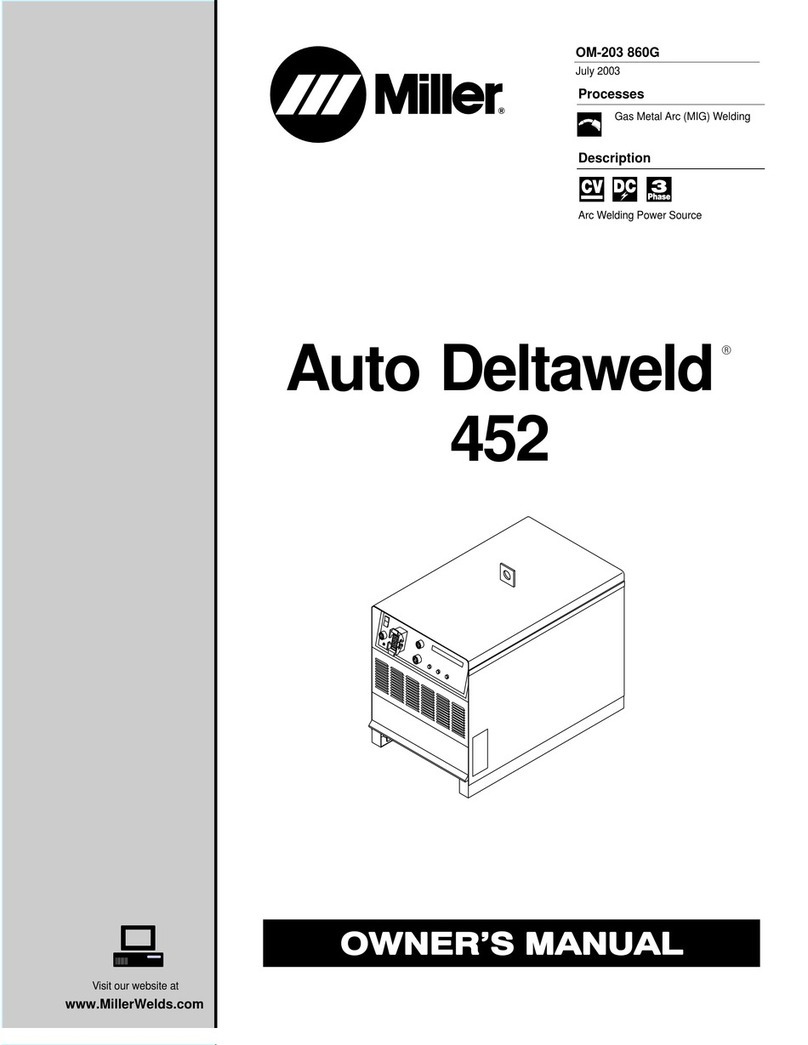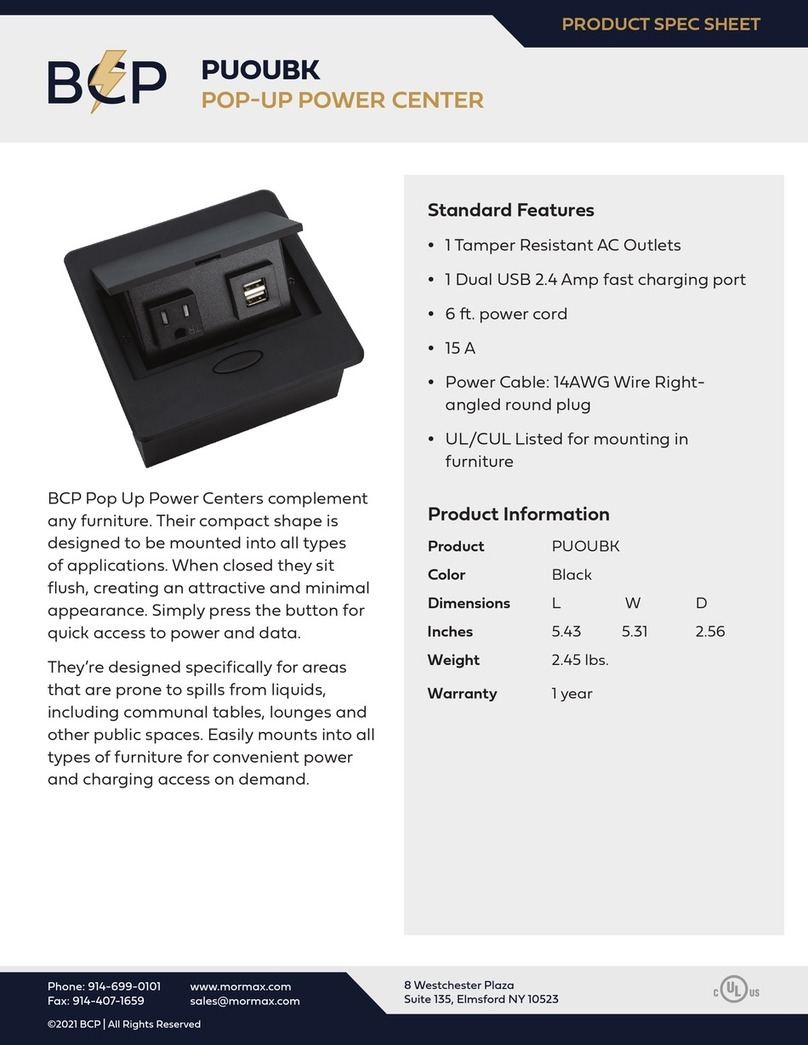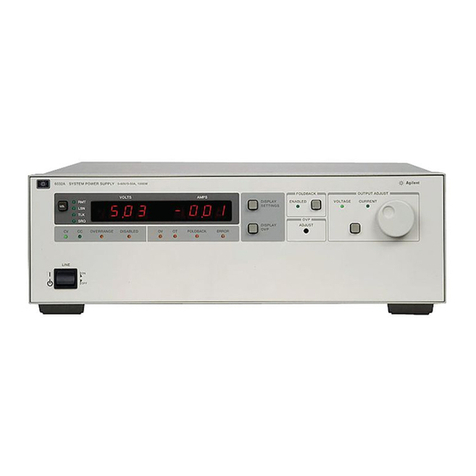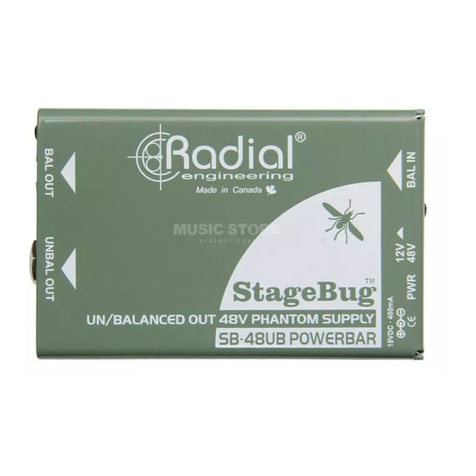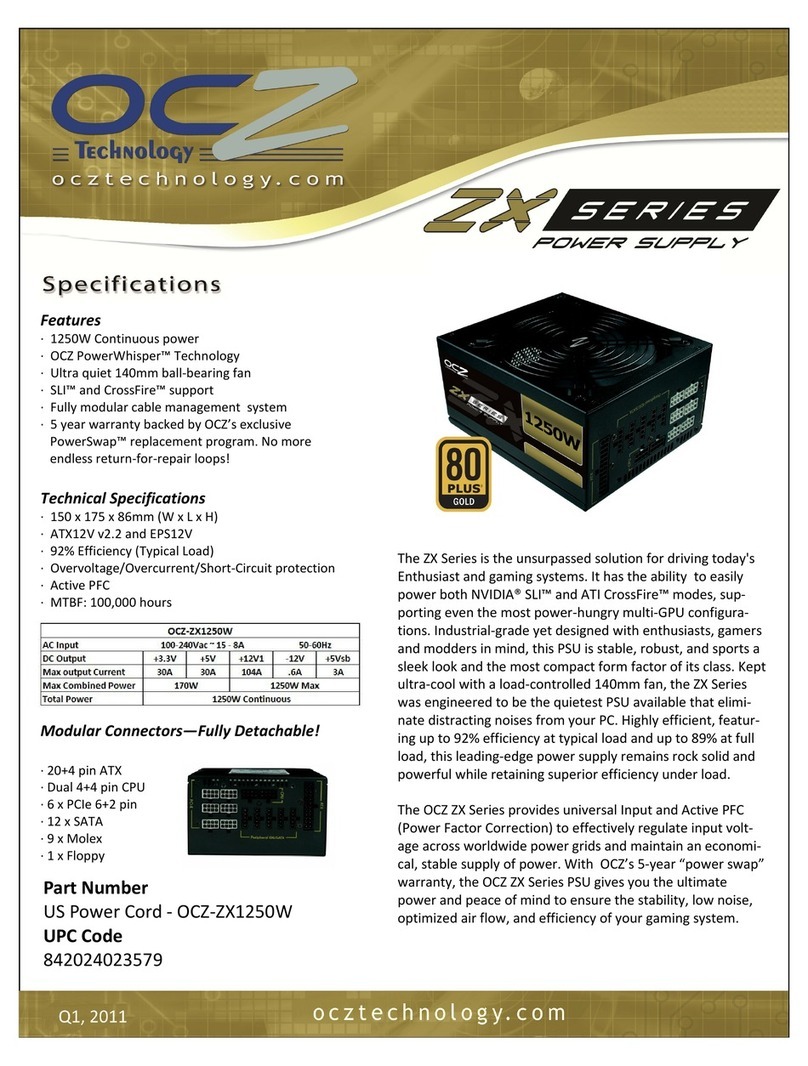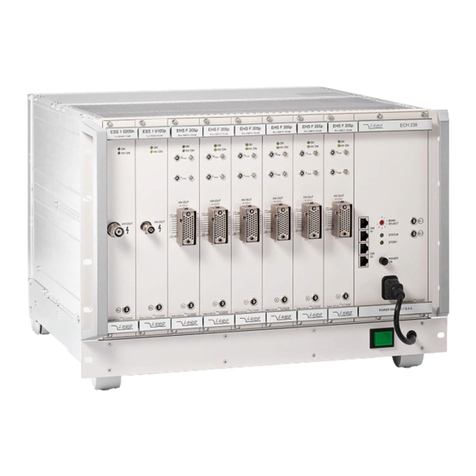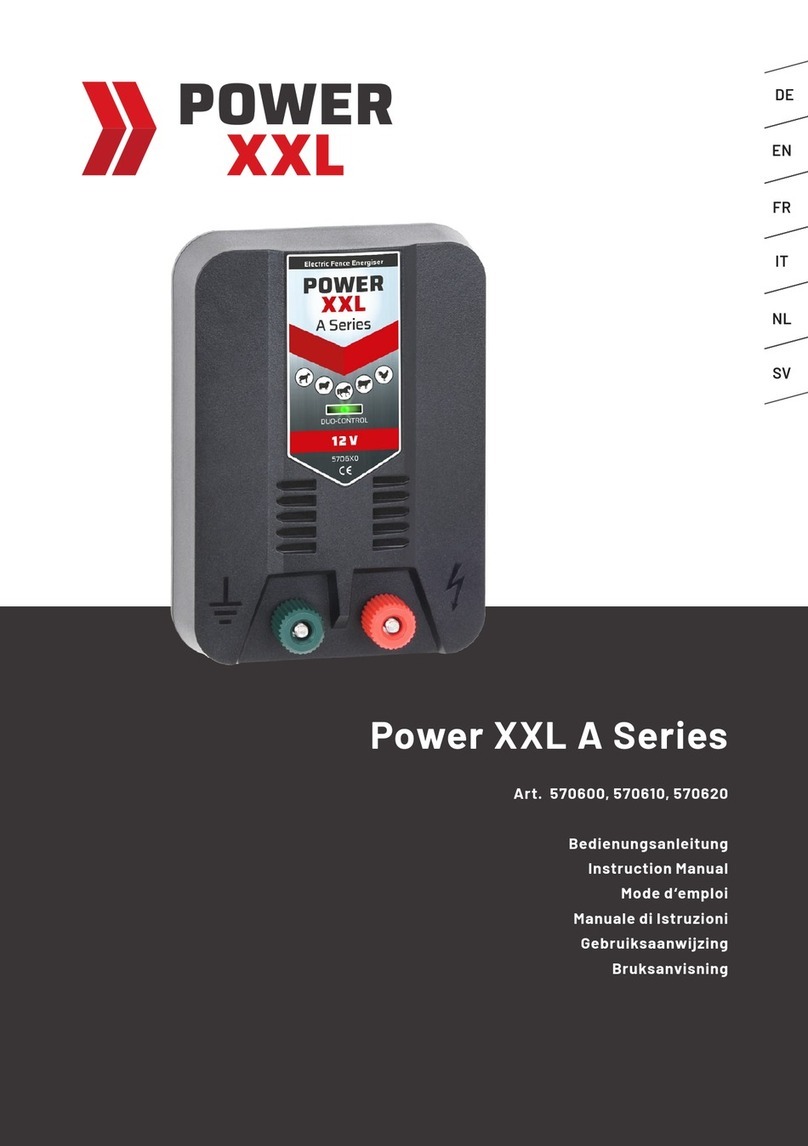
3 │
REGULUS - Zdroj PG 1000 - www.regulus.cz
SAFETY INFORMATION
The appliance shall be installed by a trained person. The Manual is intended for an informed person. The
contents of this Manual may change over time.
THE APPLIANCE OPERATES WITH VOLTAGE DANGEROUS TO HUMAN LIFE. PLEASE STICK
TO SAFETY INSTRUCTIONS GIVEN IN THIS GUIDE, PREVENTING THUS RISK OF ELECTRIC
SHOCK.
IMPORTANT
Wrong wiring or handling may cause damage to the appliance itself or connected machines!
Prior to beginning with installation and start of the appliance, please read the Manual carefully and follow the instruction
meticulously!
These electrical appliances shall be grounded in compliance with the valid standards. The cross-sections of the power
supply cables and their current ratings shall conform to the nominal values on the label and to the specication of the
appliance as required by a respective rule valid for low-voltage electric appliances. Prior to installation of this electric
appliance please make sure all circuit breakers and fuses are o.
Batteries may only be handled by trained, informed and experienced persons sticking to all applicable safety measures.
Before touching the battery clamps, all safety and switch-o elements at the appliance itself, batteries and their outlets
shall be switched o!
Do not put any tools, instruments or other, esp. metal items on batteries!
Avoid touching the terminal block or battery clamps with bare hands or conductive items held in hands!
Do not push any objects into the appliance through the ventilation or other openings!
Use a damp cloth to clean the casing. Take care not to let moisture or water into the appliance through the ventilation
or other openings!
The appliance shall be installed in a suciently spacious and ventilated room enabling good access. It shall never be
exposed to weather!
PLEASE RESPECT THE FOLLOWING INSTRUCTIONS
The appliance may be installed by authorized sta only!
When switching o the electric appliance fed by PG 1000 do not forget to switch o the PG 1000 itself as well. Otherwise
the PG 1000’s inverter continues to supply electricity from its battery and does not switch o until the battery voltage
drops below the set min. value.
Do not leave the appliance turned o for more than 6 months unless its batteries had been fully charged (charging
shall continue for at least 2 hours after the oating voltage had been reached).
The appliance should be completely cleaned by a serviceperson at least twice a year. Cooling is hindered by dust
inside and the appliance might suer damage from overheating.
TAKING CARE OF YOUR BATTERY
The appliance is equipped with maintenance-free lead acid battery. The following rules shall be respected when using it:
Avoid any mechanical stress, especially by a hit.
Avoid any damage to the battery casing and do not attempt to open it. The acid inside is toxic, dangerous to skin and
eyes!
Do not short-circuit the battery cables, it is highly risky, causing damage to the battery!
In no case shall the battery be exposed to high temperatures or ames. There is a risk of explosion!
When the battery is to be replaced and a new one installed, its number, model, wiring manner and capacity set by the
manufacturer shall be maintained. Only an authorized serviceperson may do that.
In a room where the battery is placed the temperature shall be kept at 20 °C ± 5 °C. At temperatures above 20 °C the
battery lifetime deteriorates, at temperatures below 20 °C the battery capacity deteriorates.
SAFETY INSTRUCTIONS REGARDING THE BATTERY
A battery represents a serious threat to human health and the environment. It shall be disposed of in compliance
with a valid legislation. The appliance shall be stored in a dry, ventilated room, protected from moisture and eects of
chemicals.
When working with the appliance, refrain from smoking and using open ame!
Do not use water to extinguish eventual re, danger of explosion!
Gases develop in all lead acid batteries during charging. In traditional unsealed batteries these gases escape into the
air. In batteries with pressure valves most of these gases recombine inside the battery and just a very small portion
escapes into the air.
Hydrogen gas may explode and cause serious injuries and re.
Always ensure good ventilation for battery cabinets or rooms (at least 1 l of air per hour).
